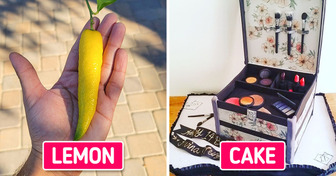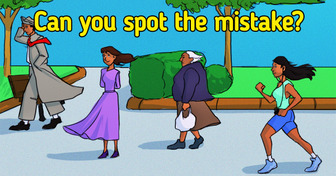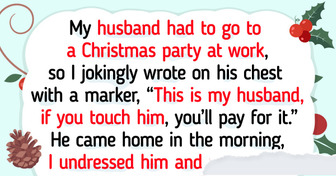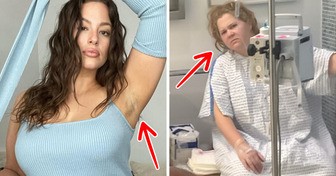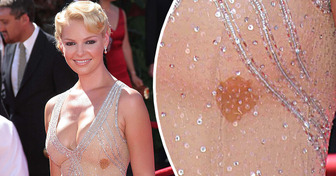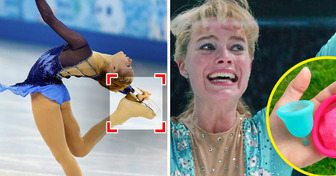Michael Jackson’s Rarely Seen Daughter Rocks a “Sultry” Dress — Fans Can’t Stop Saying the Same Thing

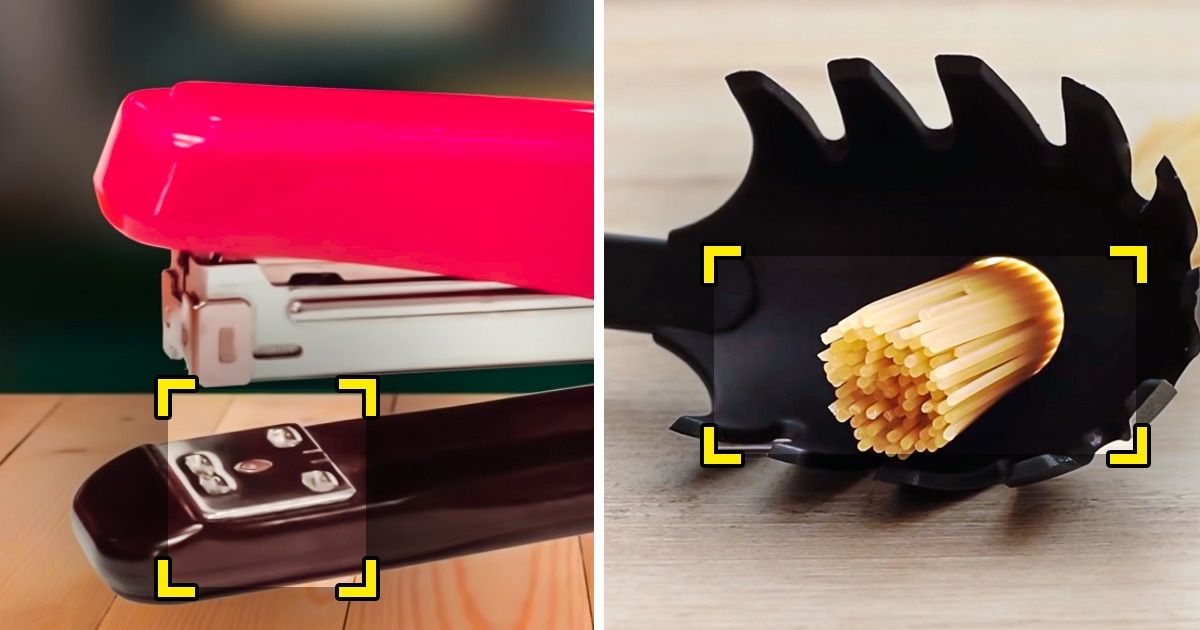
We usually think we know the uses of the things around us, but some of them are not as obvious as we think. You probably only use the spaghetti spoon to scoop up the pasta when you could also use the hole in the middle to measure your portions, or maybe you didn’t know a stapler has two different types of stapling.
At Now I’ve Seen Everything, we have compiled a list that could be very useful for you to get the most out of certain everyday objects.
If you’ve ever had trouble getting candy out of its box, look closely at the “holes” around it. If you push any of them, the candy will come out.
Phone connectors or jack plugs have different rings on their tip. They indicate the type of analog connector it is. One ring means it’s mono, two means it’s stereo, and three means it’s stereo with microphone.
The F and J keys have small ridges that serve as a reference to find the rest of the letters without looking, so you can type much faster.
Although some use this little pocket to hold pennies, the reality is that it was invented for another purpose. According to Levi Strauss & Co., the first jeans had four pockets: one in the back and two in the front — including a smaller one — for men to keep their pocket watches. Time passed, and people stopped using that type of watch, something the world-famous jeans brand knows all too well. “This additional bag has served many functions: coin pocket, match pocket, and ticket pocket, to name a few,” they said.
The holes on the underside of the Converse are not for ventilation. The reality is that they were made to lace up the shoelaces for a better fit or foot support with less rubbing on the heel.
The lollipop candy is attached to a stick that has a distinctive hole that many use as a whistle. The reality is that its real function is as a support for when the soft candy is added on top of it.
Many years ago, people filed the edges of coins made of gold and silver to sell the resulting powder. However, over time, grooves began to be included in the edges to prevent people from doing so. Those “barriers” are still in place today, even though the coins are no longer made of precious metals.
Some fruits have a sticker with a number that is difficult to understand, but it has a whole explanation and will help us a lot in our next grocery shopping trip. Let’s look carefully!
Use the loops of the supermarket shopping cart to place the most delicate and soft products, such as eggs, fruits, and bread. This will prevent them from being crushed.
The diamond with two slits on backpacks is there for us to attach some of our belongings, such as sneakers, packs, or belts. It also looks like a pig’s nose and can be seen on all kinds of travel bags.
In some fast-food restaurants, you can still find paper cups to put sauces in. For some people, these are not very useful due to their size, as they can’t fit enough sauce; however, the hidden secret is that if you unfold the upper rim of the cup outward to expand it, it becomes a paper plate.
The back cap of the cutter works to cut the blade. Just insert it into the space in the center and pull it apart.
The metal plate on the stapler is called the anvil. When rotated, it can give you two different types of stapling.
We might think that the lids are placed on the cups containing our drinks to cover them, but they are really meant to be used as cup holders, to prevent the liquid from spilling.
In addition to keeping your head comfortable while driving, the headrest can be very useful for breaking your car window in case of an accident.
Did you already know about some of these hidden uses? What other item has other unknown uses?

